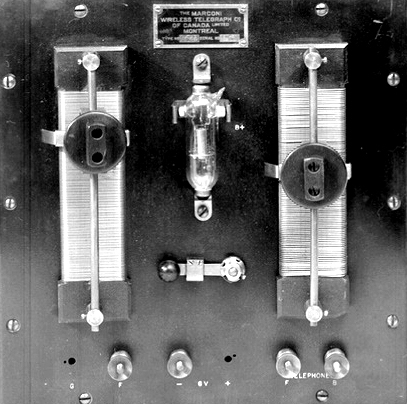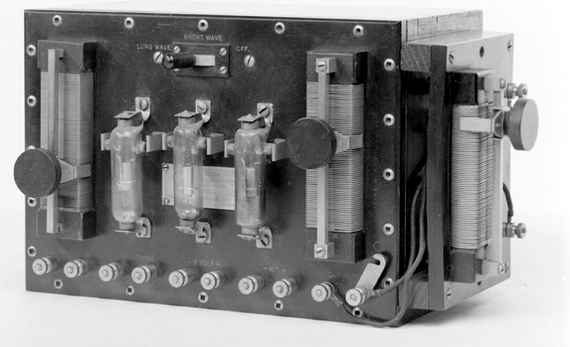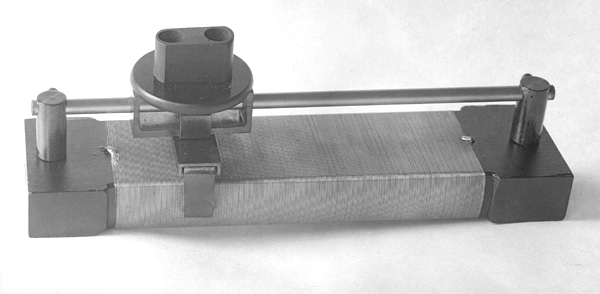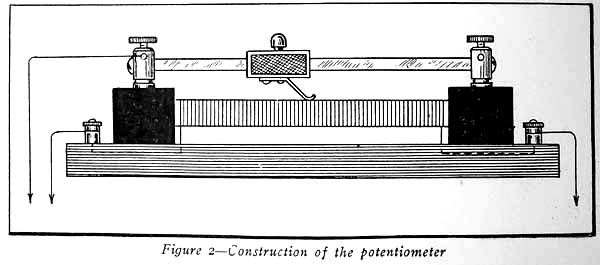 |
| Model 1044 detector showing dual pots |
 |
| This is a 3986 detector/amplifier, with one detector tube and two radio frequency tubes. Those three pots sure take up a lot of space. |
 |
| Close up of an early potentiometer. (Museum of Science and Technology, Ottawa photos in this table) |
 |
| Construction |